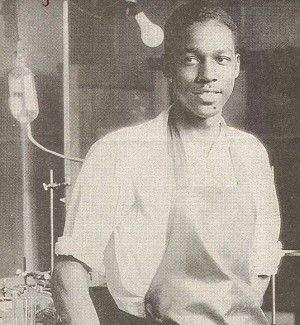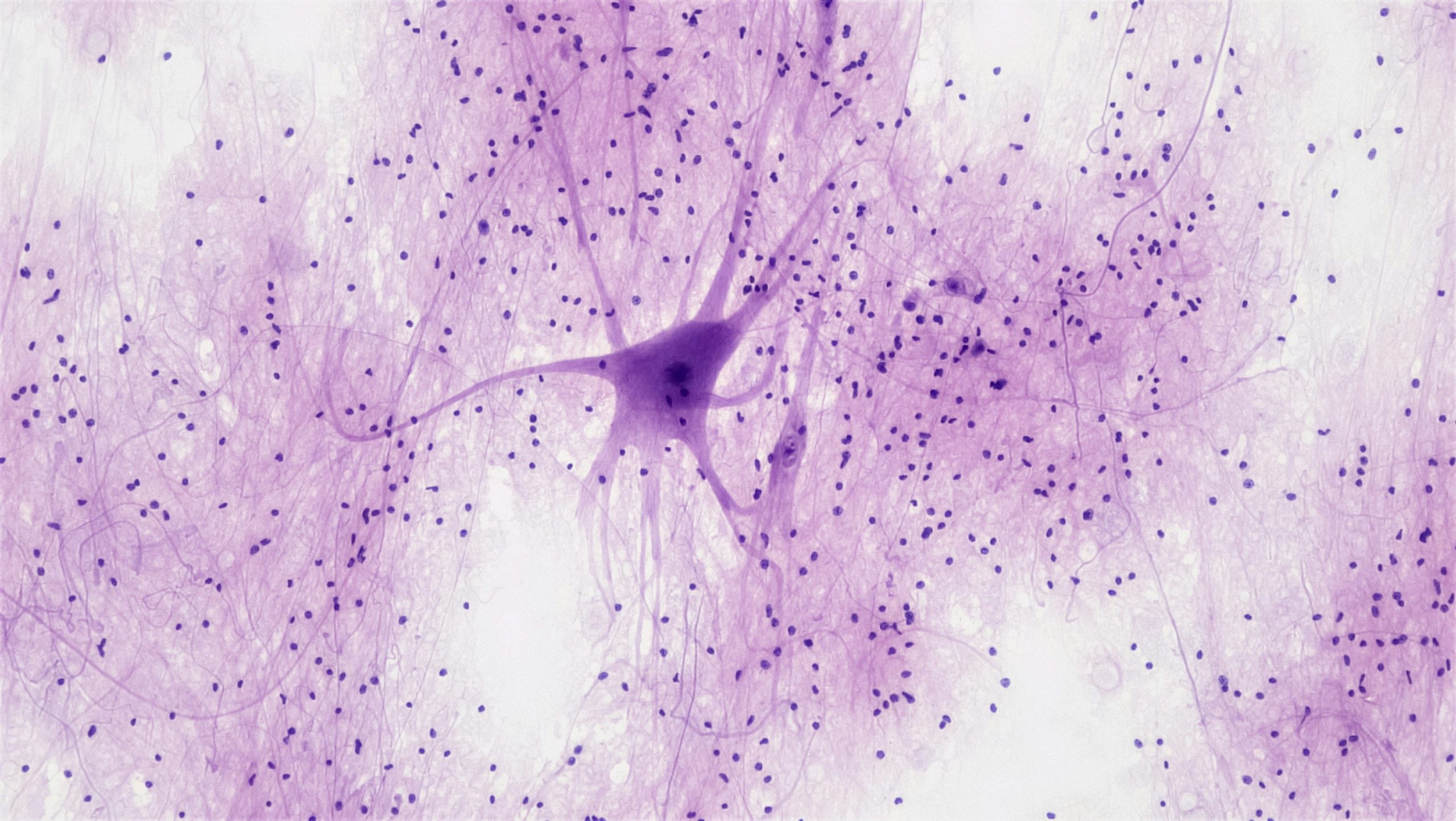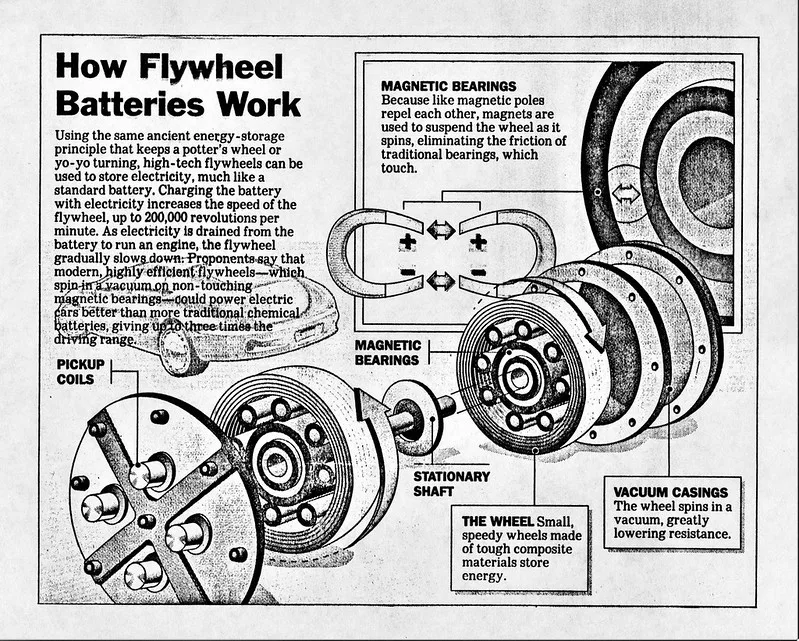By Emma Baker, Year 13, Queen Elizabeth Sixth Form College, Durham
Vivien T. Thomas never had much more than a high school diploma, yet remains one of the most significant pioneers of cardiac surgery to date – having helped save the lives of countless children with congenital heart defects through surgical techniques he invented. His is not a household name; yet his portrait hangs on the walls of one of the most prestigious medical schools in America. The reason? Vivien T. Thomas was an African American, and the grandson of a slave, working in an era when institutional racism was the norm.
In the wake of the stock market crash in 1930, a case of serendipity meant that a young Vivien T. Thomas – forced to abandon his plans to attend college and become a doctor – began working as a laboratory assistant to Dr. Alfred Blalock at Vanderbilt University. Quickly, he mastered various surgical techniques and research methodology; by the mid-1930s Thomas was conducting the work of a postdoctoral researcher in Blalock’s lab, despite being paid the equivalent of a janitor.
Following cardiac and vascular research (which would act as the foundations to the development of a revolutionary technique they would perform a decade later), work he had conducted with Thomas placed Blalock at the forefront of American surgery – Thomas never being acknowledged for his part. This status led to a job offer for Blalock at Johns Hopkins University in 1941 and Blalock requested that Thomas, who had proved himself invaluable, would accompany him. They soon began working with renowned paediatric cardiologist Dr. Helen Taussig on a surgical solution to the complex congenital heart defect, Tetralogy of Fallot – more commonly known as Blue Baby Syndrome – which occurs in 1 in 2000 newborns. Vivien T. Thomas was tasked with creating a blue-baby-like condition in a dog, and correcting it by means of pulmonary-to-subclavian anastomosis (increasing blood flow to the lungs). Two years and 200 dogs later, he demonstrated that the corrective procedure was not fatal, and in turn offered a lifeline to children suffering from Blue Baby Syndrome. During the first procedure in 1944, Thomas stood on a step stool behind Blalock (as at the time, he was not allowed to conduct it himself), instructing his colleague step-by-step, until the defect was safely corrected for the first time in a human patient. When the Journal of the American Medical Association published the procedure in 1945, Blalock and Taussig received sole credit for the somewhat improperly named: “Blalock-Taussig Shunt”. Thomas was never even mentioned.
Due to his poor salary, Thomas resorted to bartending in order to support his family. In one circumstance, when working at one of Blalock’s parties, he was serving students he had taught just hours earlier. Despite working two jobs (one in ground-breaking surgical research and the other bartending), Thomas devoted much of his time to mentoring a number of African-American lab technicians.
In 1976, Johns Hopkins University presented Vivien T. Thomas with an honorary doctorate in an overdue acknowledgement of his contributions to medicine. However, due to restrictions of the time, he could not receive a medical doctorate so instead received an ‘Honorary Doctor of Laws’.
For a man who couldn’t even walk down university corridors in a lab coat without turning heads, adversity never prevented him in progressing our medical understanding. Vivien T. Thomas rose above the barriers of poverty and racism and quietly changed the course of medical history, not for credit he inevitably deserved, but because important work he conducted saved lives. “I’ve fixed a heart” he would simply state, and that would be the end of it. As an aspiring young scientist myself, I hope that his resilience to hardship and undying devotion to his field (despite its restrictions to him) is something I can mirror, as these attributes define any great scientist. It is truly inspiring that because of people like him, over time, doors have opened to all into science; and that no matter how unlikely they may seem, anyone can contribute to our understanding of the world. If Vivien. T Thomas, an impoverished college drop-out, can work his way to the top of his field, why can’t we?





